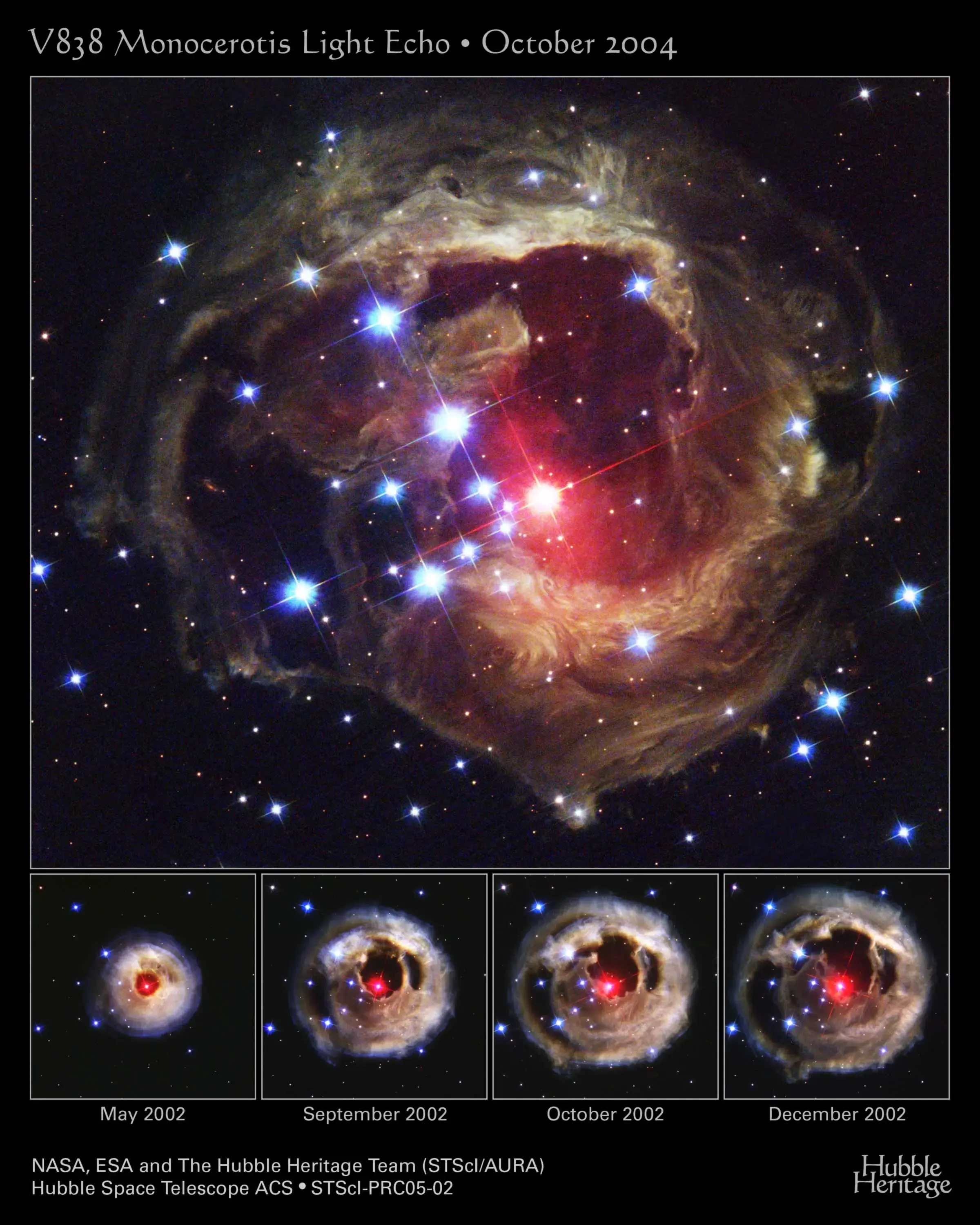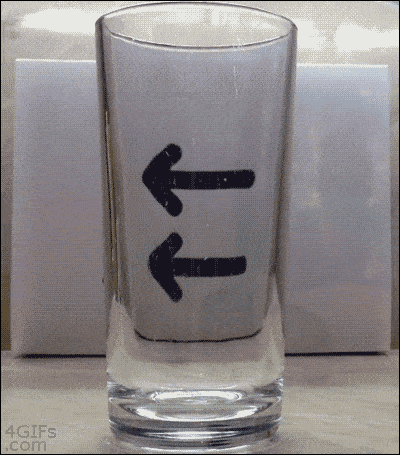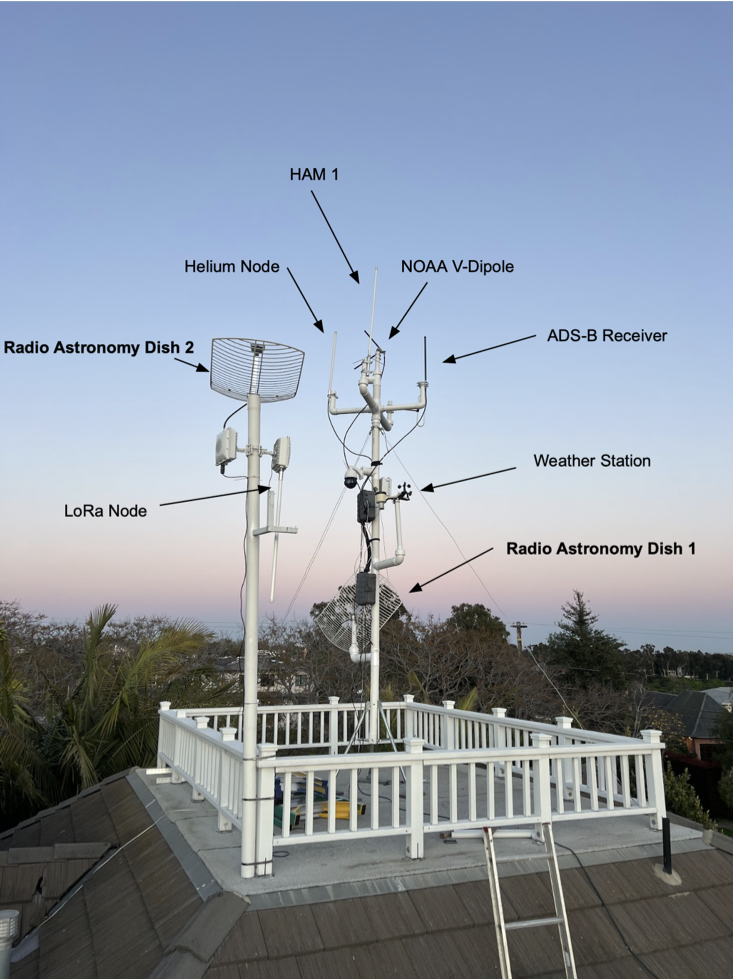#physics
MIT-Linked Company Says It Will Build 'World's First Grid-Scale' Nuclear Fusion Power Plant
What do you think @Laurent Nours @Robert Biloute - on diaspora-fr.org ?
Dec 16,24 #Quantum #Physics Reveals....?
#nothing is #solid, and we are just #vibrations.
https://old.bitchute.com/video/V9alvOoJpVgA/
Google has almost pulled a miracle in Quantum computing. We all live inside a giant quantum computer, and we can now start hacking it.
#computers #QuantumPhysics #Physics #engineering #QuantumComputing
I saw this referenced in a 404 Media aggregator post. It’s a potential alternative explanation that just bombardment for how planets like Earth get water which probably means there are far more water rich worlds out there. #science #physics aanda.org/articles/aa/full_htm…
https://x.com/Andercot/status/1864090466037481477
NB : Z-machine like systems (sandia lab and recently a spin off company whose name I don't remember) also claim to reach very high temperature compatible with neutron free reactions.
There's a Consensus Problem in Science (Ft. Leonard Susskind)
#science #physics #epistemology
https://yewtu.be/watch?v=a4AqV-GwvRI
https://www.youtube.com/watch?v=a4AqV-GwvRI
Dr. Jack Kruse is a neurosurgeon who specializes in #physics, #light, #magnetism, and #electricity.
Through his #research, he has determined that #modern #medicine lacks a comprehensive understanding of #how #humans interact with the #natural #world.
Source: https://youtube.com/watch?v=a6gYuFpZSKw
Top #Brain #Surgeon #Instantly #Banned After #Revealing This!
Webb Falsified Dark Matter Prediction – And No One Cares
#science #physics #astrophysics #cosmology
If it disagrees with experiment it is wrong. In that simple statement is the key to science. It does not make any difference how beautiful your guess is. It does not make any difference how smart you are, who made the guess, or what his name is – if it disagrees with experiment it is wrong. That is all there is to it.
Richard Feynman
https://yewtu.be/watch?v=AagyRrIm2W0
https://www.youtube.com/watch?v=AagyRrIm2W0
January 1928: The Dirac equation unifies quantum mechanics and special relativity | American Physical Society
https://www.aps.org/apsnews/2024/11/mathematical-intuition-dirac-quantum-mechanics
https://mastodon.social/@coreyspowell/113506011869057345 coreyspowell@mastodon.social - Light from the explosion of V838 Mon illuminated previously invisible clouds of dust surrounding the star.
The Hubble telescope produced a great sequence of images of these expanding "echoes" of starlight. But with color coding, we can see them all at once.
https://science.nasa.gov/missions/hubble/flash-from-star-v838-monocerotis-echoes-through-space/ #astronomy #physics
Long but fascinating conversation with Cormac McCarthy at the Santa Fe Institute
https://youtu.be/HrUy1Vn2KdI?si=9lYoihDmH4qKowIm
#language #unconscious #physics #mathematics
https://mastodon.social/@avapolzin/113454277232945359 avapolzin@mastodon.social - It got a bit lost with everything else going on this week, but my (high school!) research student, Jack, has been working with me on building a low-cost home radio telescope to map Galactic 21 cm features, and his tutorial for others to do the same is now up on arXiv:
https://arxiv.org/abs/2411.00057











